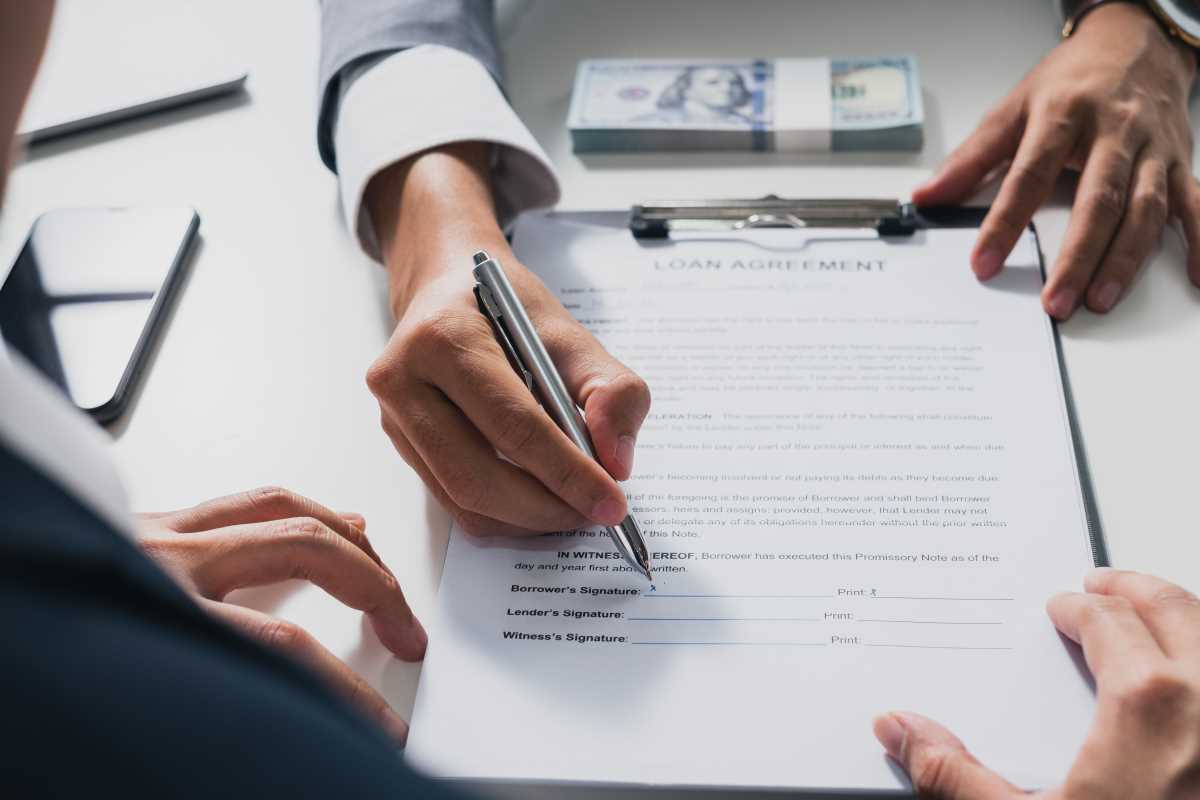When it comes to preparing for emergencies, having a solid plan in place can make all the difference. From natural disasters to unexpected accidents, being ready for the unexpected can provide peace of mind and ensure the safety of you and your loved ones. In this article, we will explore the essential steps for creating an emergency preparedness plan to help you navigate through challenging situations effectively.
Identify Potential Risks
The first step in creating an emergency preparedness plan is to identify potential risks in your area. Whether it's hurricanes, earthquakes, or wildfires, understanding the specific hazards you may face will allow you to tailor your plan to address these risks effectively. For example, if you live in an area prone to floods, your plan should include evacuation routes and strategies for protecting your property from water damage.
Assemble an Emergency Kit
One crucial aspect of emergency preparedness is having a well-stocked emergency kit on hand. Your kit should include essential items such as non-perishable food, water, a first aid kit, medications, flashlights, batteries, and a portable phone charger. Additionally, consider including important documents such as insurance policies, identification, and contact information for loved ones.
Establish a Communication Plan
During emergencies, communication is key to ensure everyone is accounted for and safe. Create a communication plan that includes designated meeting spots, contact information for family members and emergency services, and an out-of-town contact person to serve as a central point of contact. Make sure everyone in your household is aware of the plan and knows how to reach each other in case of separation.
Create Evacuation Routes
In the event of a mandatory evacuation, having designated evacuation routes planned out in advance can save valuable time and potentially save lives. Identify primary and alternative evacuation routes from your home or workplace and communicate these routes to all members of your household. Practice these routes regularly to ensure everyone is familiar with the process and can evacuate safely and efficiently.
Stay Informed
Keeping yourself informed about potential hazards and developments during emergencies is crucial for making informed decisions. Stay tuned to local news and weather updates, as well as emergency alerts from authorities. Utilize various communication channels such as social media, emergency radio stations, and mobile apps to stay informed about evolving situations and follow recommended safety guidelines.
Review and Update Regularly
Creating an emergency preparedness plan is not a one-time task; it requires regular review and updates to ensure its effectiveness. As circumstances change, such as new family members, changes in your living situation, or updated emergency procedures, make sure to review and revise your plan accordingly. Regular drills and practice sessions can help reinforce the plan and ensure everyone is prepared to act swiftly during emergencies.
By following these essential steps for creating an emergency preparedness plan, you can take proactive measures to protect yourself, your loved ones, and your property in the face of unexpected events. Being prepared and having a well-thought-out plan in place can provide a sense of security and confidence, knowing that you are ready to handle whatever comes your way.





 (1).jpg)

